The mystique of Gulfstream Park
By Jazz Daywood
The Daily Twilight
October 4, 2020
Gulfstream Park Racing & Casino is a racetrack and county-approved racino in Hallandale Beach, Florida, in the United States. During its annual meet, which spans December through April, it is one of the most important venues for horse racing in America. Gulfstream Park was opened on Wednesday February 1, 1939 conducting a four-day meeting. The initial meeting had a crowd of 18,000. In 1944, the track was reopened by James Donn, Sr. for a 20-day meeting in December. The Gulfstream Park Handicap was first run in 1946 and the Florida Derby began in 1952. In that year the clubhouse was built and the Grandstand seating was expanded.
Gulfstream Park introduced turf racing for the first time in 1959. In 1952 the clubhouse was erected and a new addition was put on the grandstand. It also marked the first running of the Florida Derby. The following year, the Florida Derby became the first stakes in Florida with a $100,000 purse. The 1955 Kentucky Derby winner and Horse of the Year Swaps set a then world-record of 1:39 3/5 for a mile and 70 yards while carrying 130 pounds in the Broward Handicap. The following year was just as exciting at Gulfstream when Gen. Duke equaled the world record of 1:46 4/5 in defeating Bold Ruler in the Florida Derby.
In 1959, a new era at Gulfstream began with the opening of its world-acclaimed turf course. In 1961, James Donn Jr. became president of Gulfstream. It also marked the construction of what was then the world’s largest tote board. Following the death of his father, James Donn Jr., Doug Donn was elected Gulfstream Park’s president. In 1961, James Donn Jr. succeeded his father as president of Gulfstream Park. In this year the Clubhouse was enlarged and the then-world's largest totalisator board was installed in the infield. A big break for Gulfstream Park came in 1972, when the track was awarded "middle dates" for a 40-day January through April meet.
In 1980, Hall of Fame rider Angel Cordero Jr. set a meeting record with 60 winners. In 1982, the Grandstand was renovated with new architecture and in 1984 the renovation of the clubhouse was completed. In 1986, the renovation of the track was completed with the new Gulfdome, a domed dining terrace. In 1989 Gulfstream Park hosted the Breeders Cup for the first time (which it did again in 1992 and 1999). Gulfstream played host its first Breeders’ Cup World Championships in 1989, highlighted by the Classic match-up between Kentucky Derby and Preakness winner Sunday Silence and Belmont Stakes winner Easy Goer. Gulfstream would host the Breeders’ Cup again in 1992. In 1990, the track was purchased by Bertram R. Firestone.
Jockey Julie Krone took the jockey’s title in 1993 with 98 winners. In 1994, Holy Bull won the Florida Derby while, in 1995, Cigar won the Donn Handicap and Gulfstream Park Handicap on his way to a perfect season. Meanwhile, ’95 Florida Derby winner Thunder Gulch would go on to win the Kentucky Derby. Monarchos would repeat Thunder Gulch’s feat in 2001. In 1994, a half interest in the track was sold to Nigashi Nihon. The track was purchased by Magna Entertainment Corporation, in 1999 for $95 million. In 2010, the ownership of the track was taken over by Magna parent MI Developments Inc. (MID). The track is currently owned by The Stronach Group since July 3, 2011.
Hal’s Hope, winner of the 2000 Florida Derby, would return in 2002 to win the Gulfstream Park Handicap. The 2002 season was also highlighted by the first running of the popular Sunshine Millions, pitting Florida-breds vs. California-breds for purses totaling $3.6 million. Palm Meadows, Gulfstream’s state-of-the-art training facility in Palm Beach County, was opened on Nov. 29, 2002. Trainer Todd Pletcher started his unprecedented run of nine consecutive training titles in 2004. The track began a $130 million renovation of the grandstand and clubhouse in 2004 and slot machines were approved for the track in 2004. It now hosts all of the races in the series of races known as the Sunshine Millions.
In 2006, Hall of Fame jockey Jerry Bailey rode his last race aboard Silver Tree in the Sunshine Millions and the great Barbaro would win the Florida Derby before making headlines with his victory in the Kentucky Derby. The renovation, first effective for the 2006 spring meeting, was heavily criticized by racegoers and commentators, who felt that the new racino laid its emphasis entirely on the casino part, destroying the racetrack's atmosphere. In June, 2011, Tim Ritvo was named President and General Manager of Gulfstream Park Racing & Casino. He was a prominent jockey and racing official at Suffolk Downs in the 1980s before establishing himself in the 1990s as a leading Florida trainer. Ritvo has also served as Vice President and Director of the Florida Horsemen’s Benevolent & Protective Association.
In April 2012, Javier Castellano, who collected his first Gulfstream title by riding a record 112 winners, scored his 3000th career success aboard Virtuously on Feb. 24 and Todd Pletcher, who claimed an unprecedented ninth consecutive training title at Gulfstream with 72 trips to the winner’s circle, recorded his 3,000 career victory when he saddled Spring Hill Farm for a winning performance on Feb. 11. Stronach Group named Tim Ritvo, Chief Operating Officer of its Racing Division on June 8 of that year.
The current dirt course is one and one-eighth miles in circumference, with a one-mile backstretch chute. The turf course is one mile in circumference; depending on the race day, the portable rail can be moved to the inside or outside of the course, thereby changing the circumference. The track can seat 16,627 people. The track originally had a one mile dirt oval and a 7 furlong turf oval prior to the 2005 renovation. On Opening Day, December 1, 2012, of Gulfstream Park's 2012-2013 meet, the track hosted the 14th running of racing's Claiming Crown. The Claiming Crown has become the most important event for horse racing's claiming runners, and Gulfstream Park is raising the purses for each individual race in honor of this.
Gulfstream Park has, in recent years, been a venue for concerts, with performances taking place on the grounds outside the grandstand. Reserved seats to the concerts are sold in advance, and others paying normal admission to the track may watch the concert in standing room. Various singers and groups who were popular in earlier times perform at Gulfstream as part of their tours. The track was also host to the Miami Pop Festival on December 29, 1968 featuring The Grateful Dead and others.


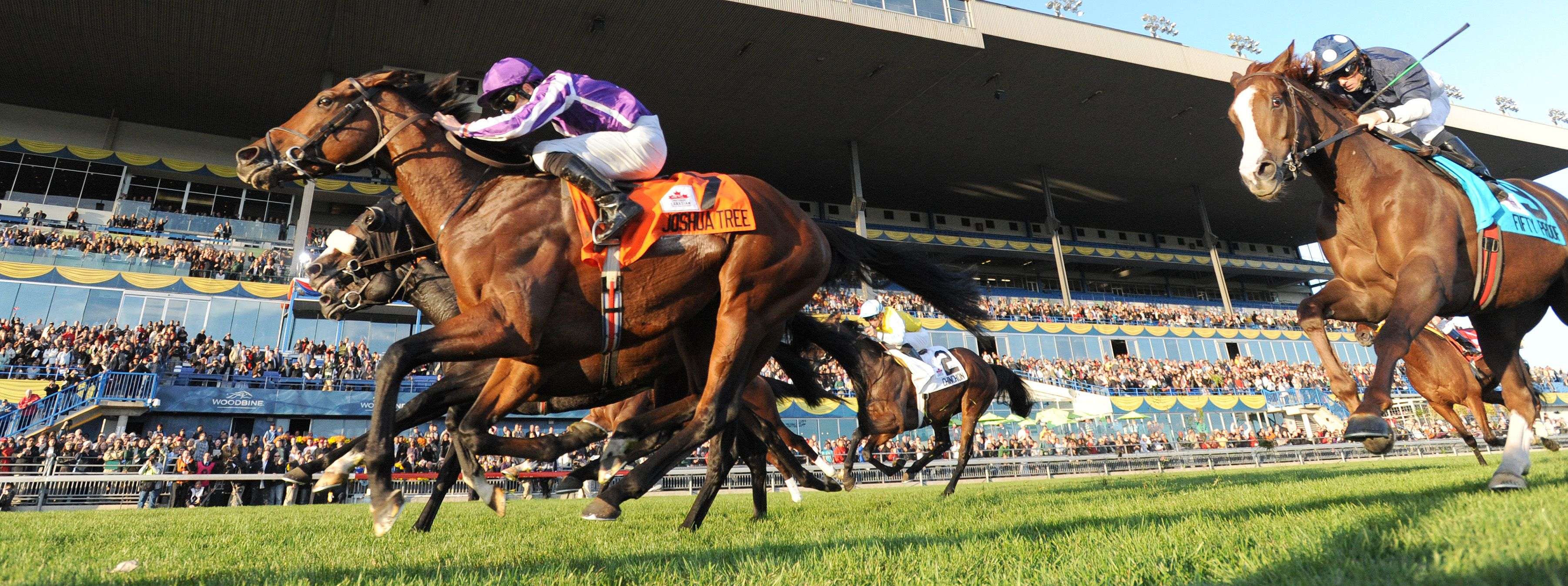



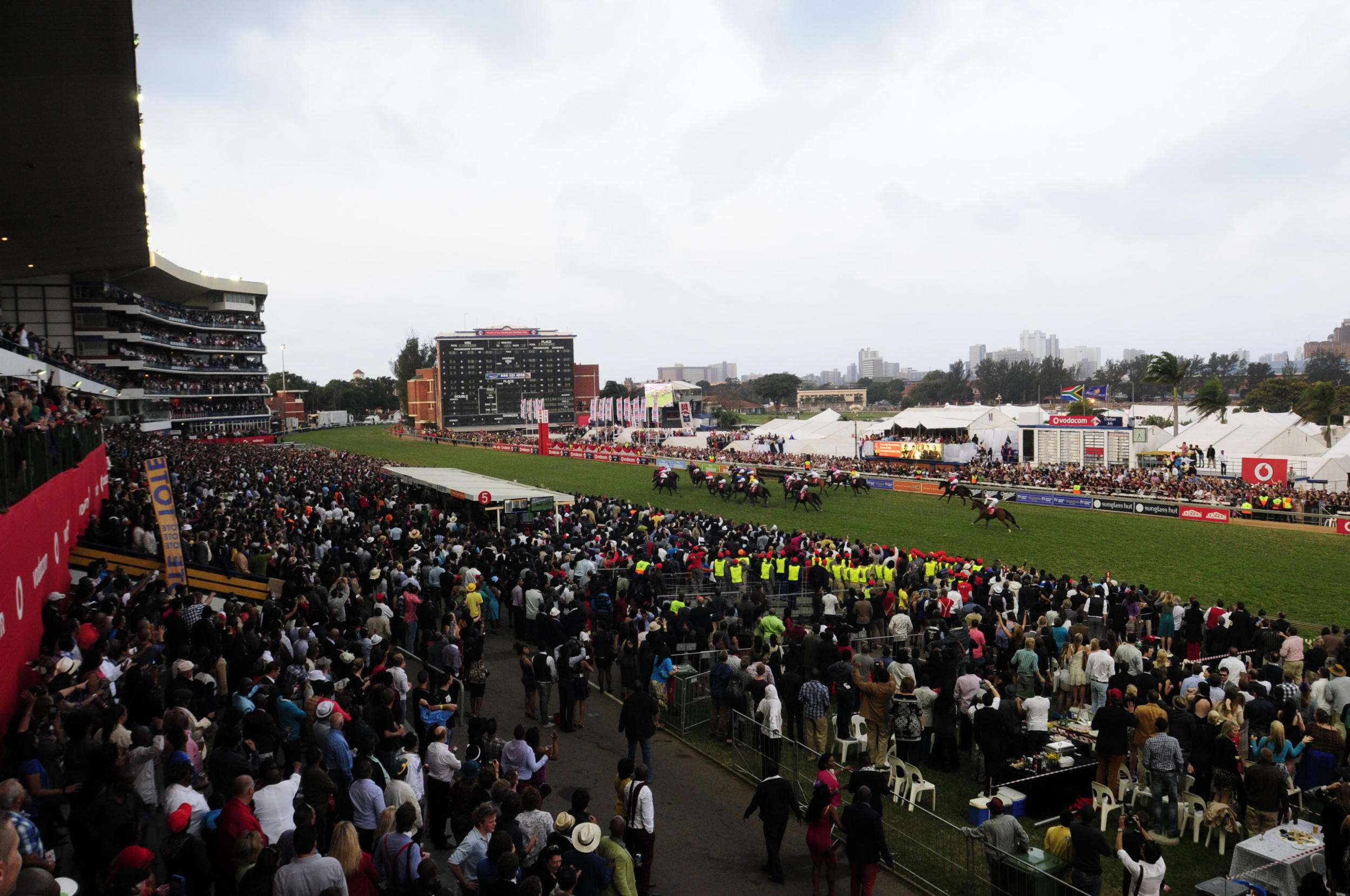
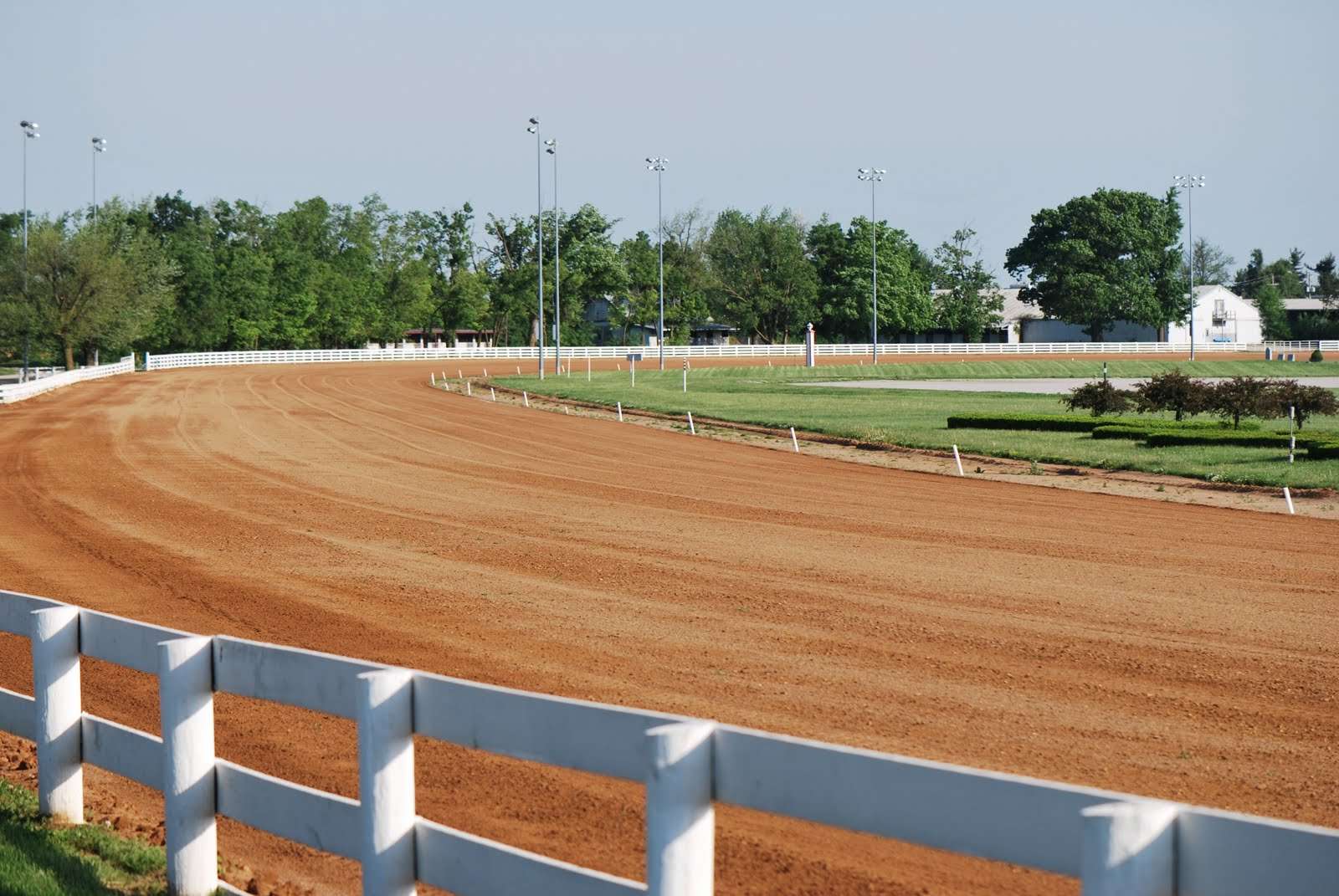
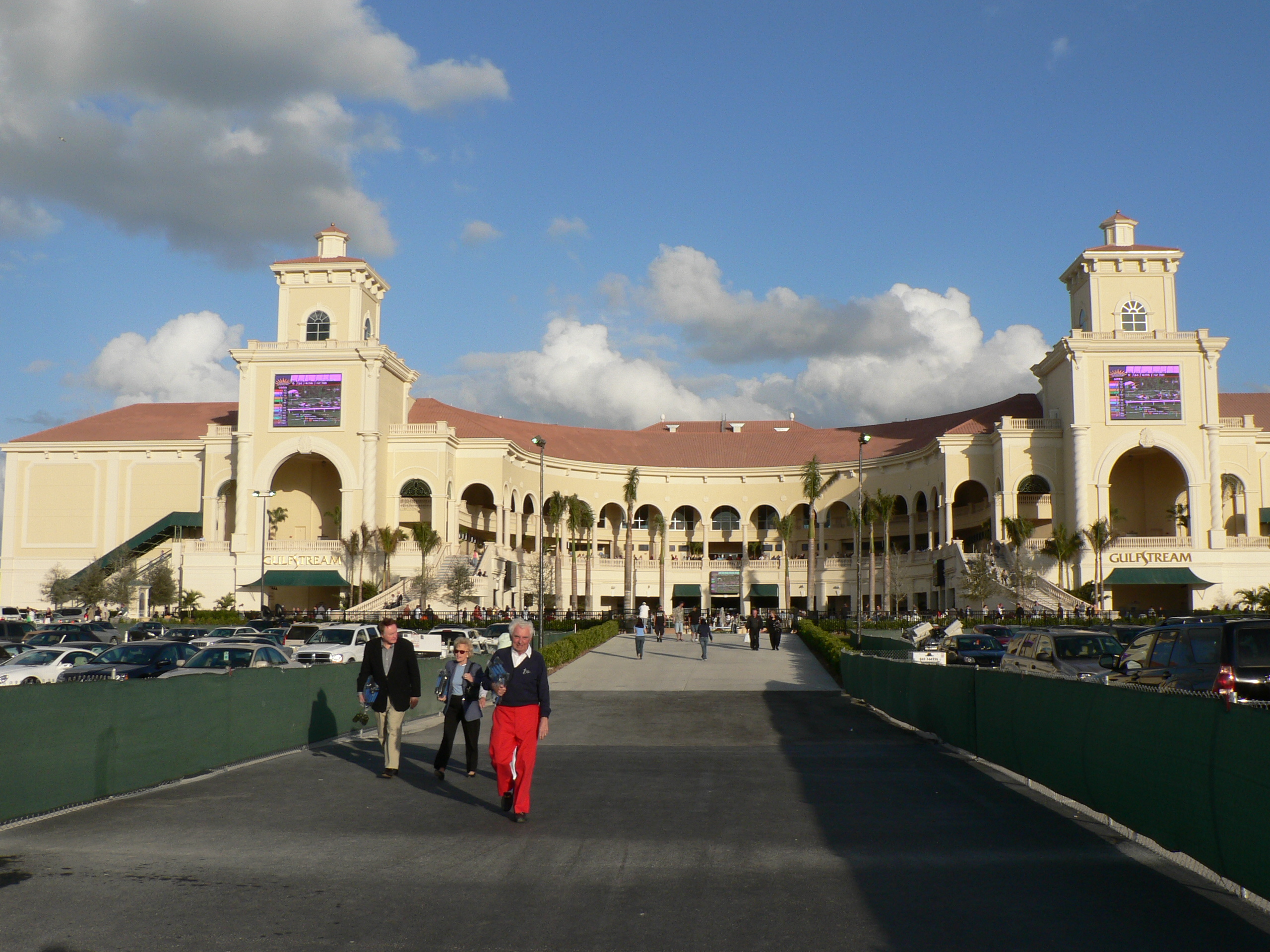
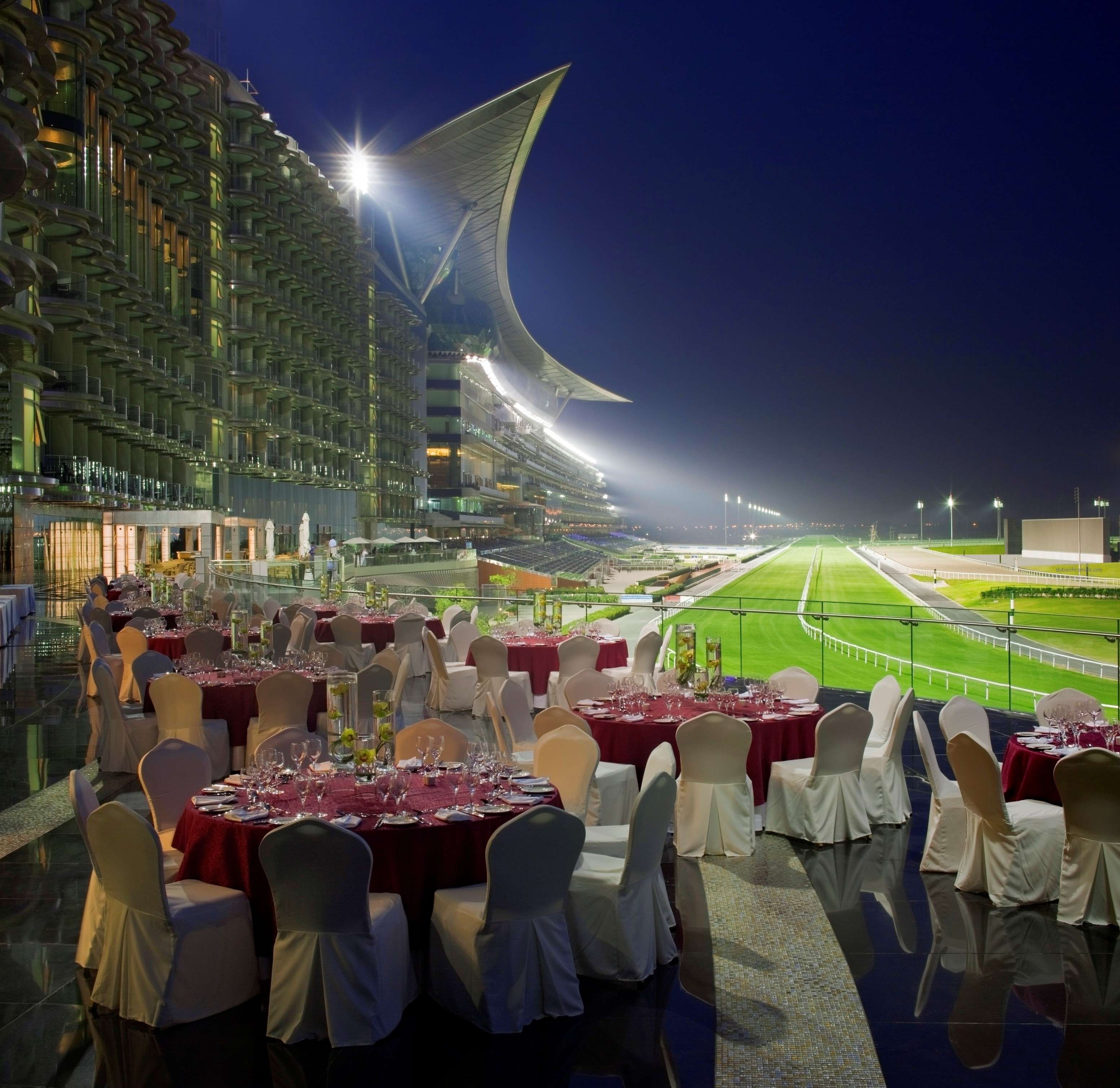

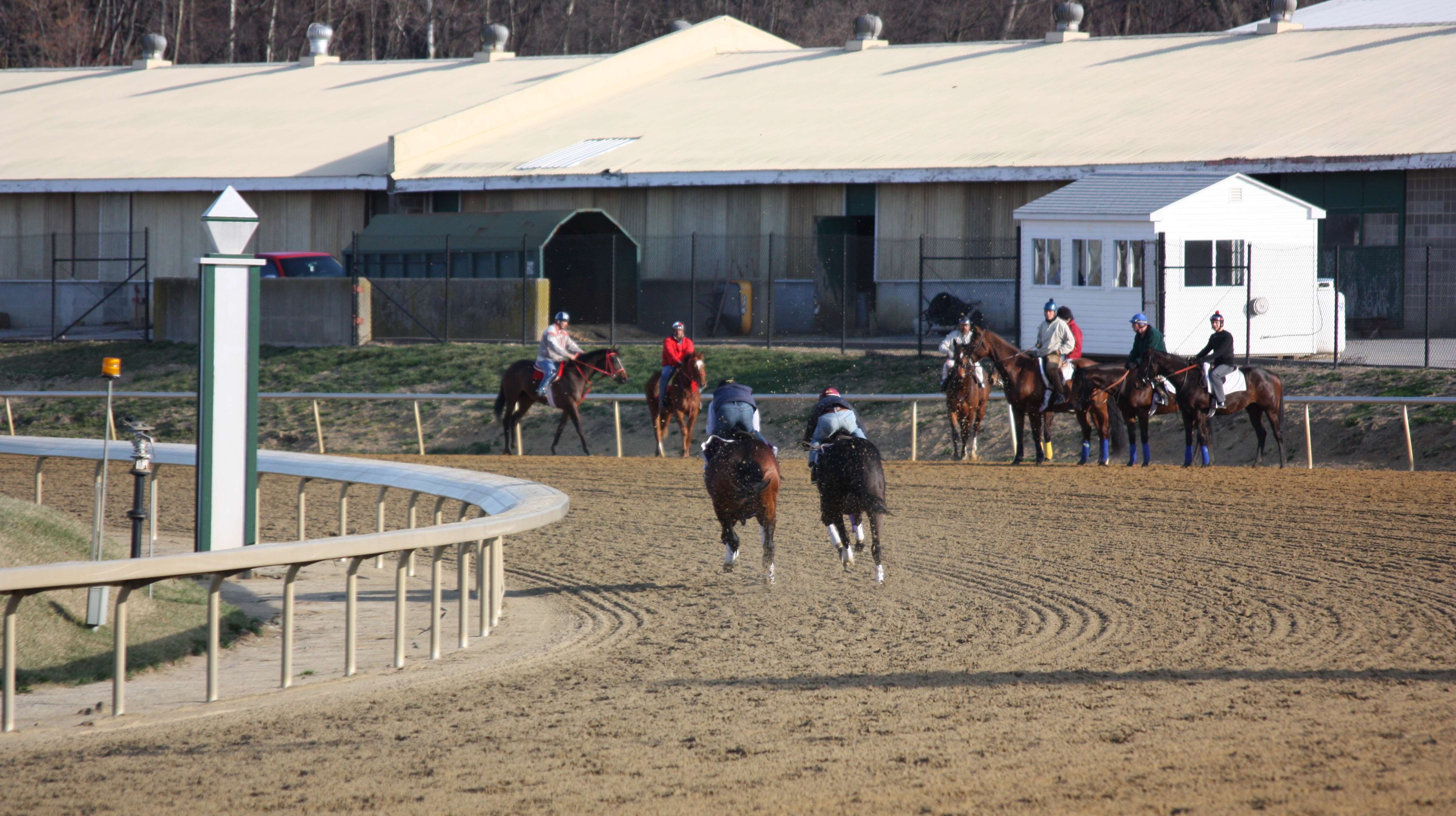
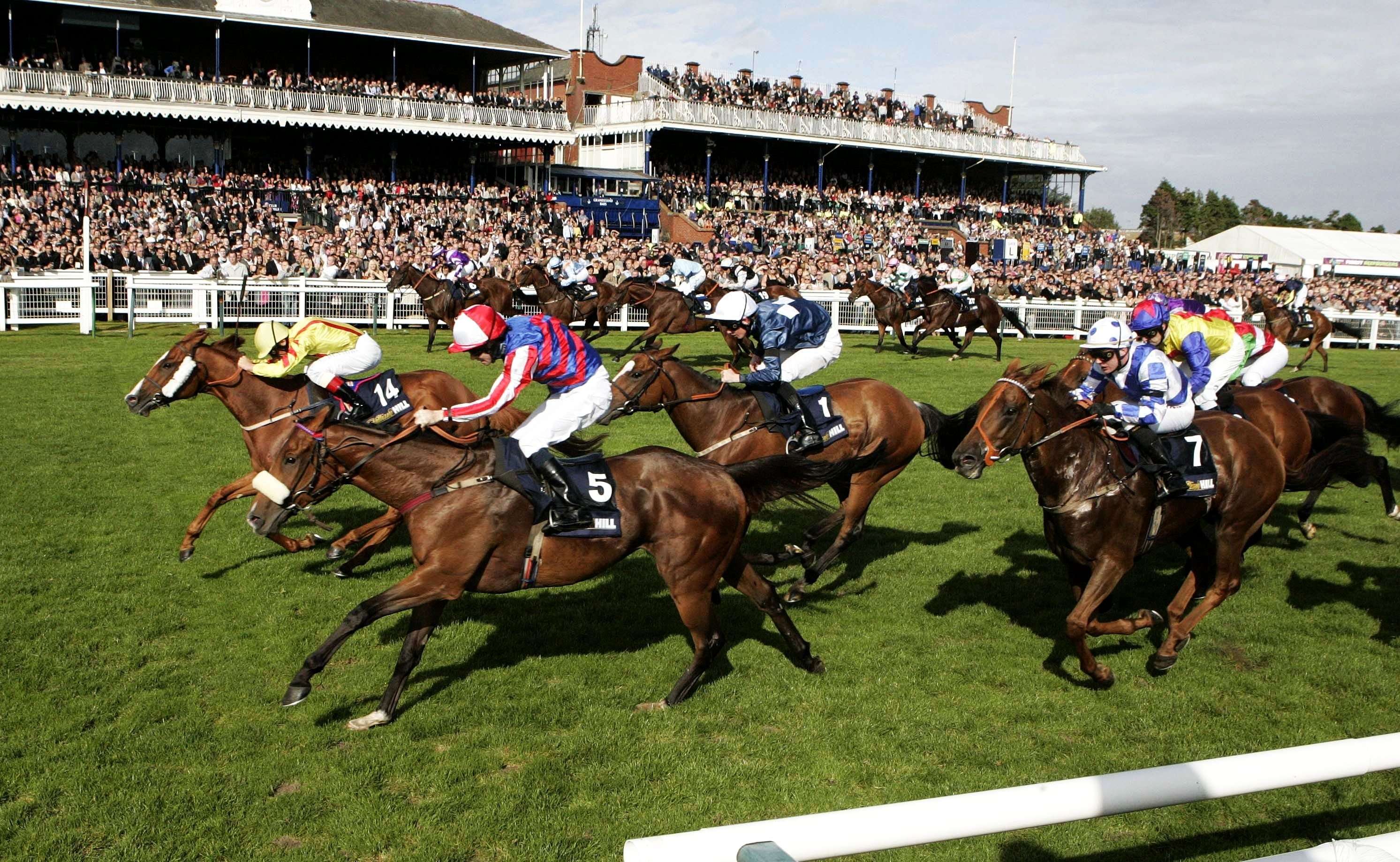
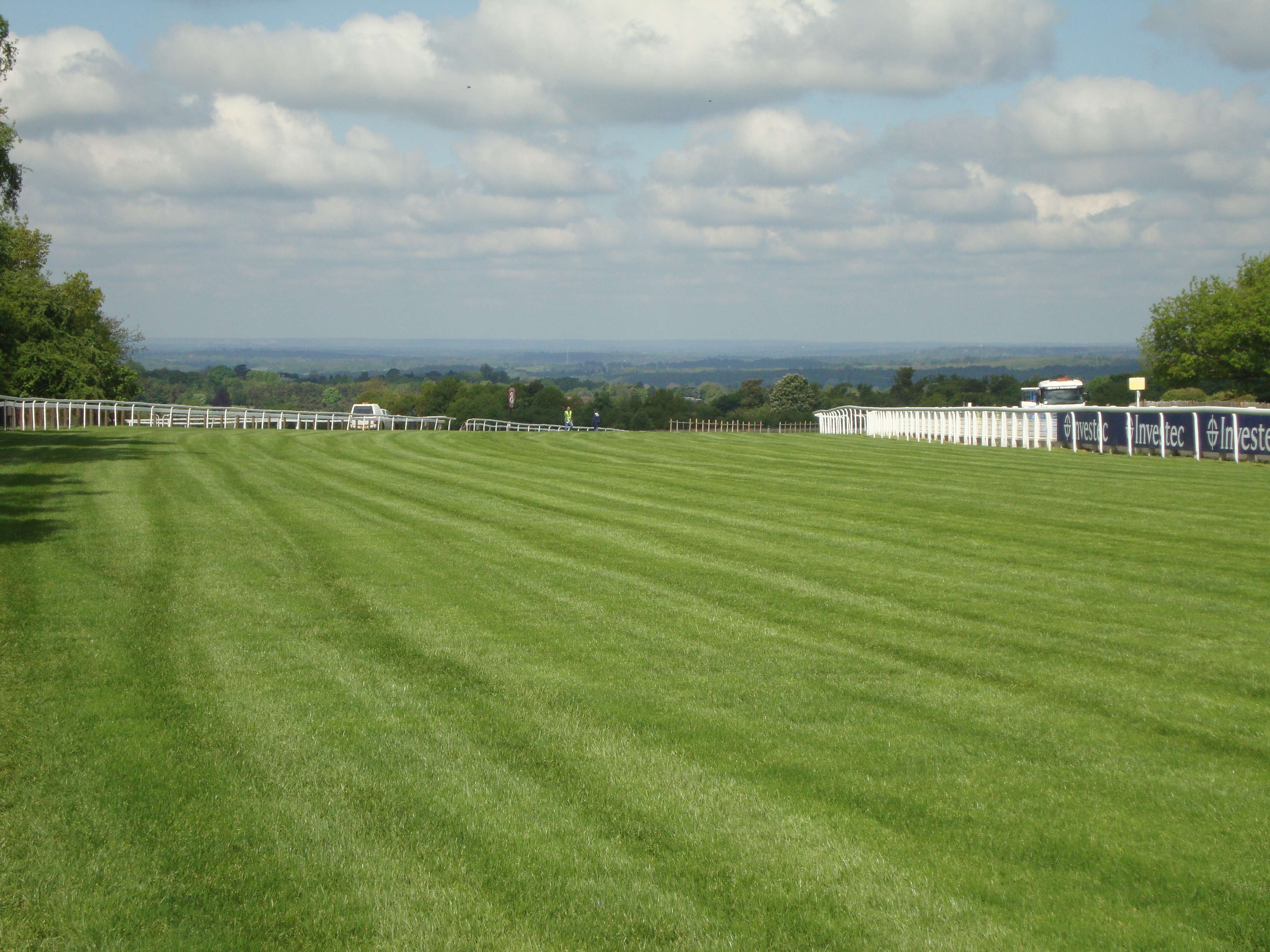
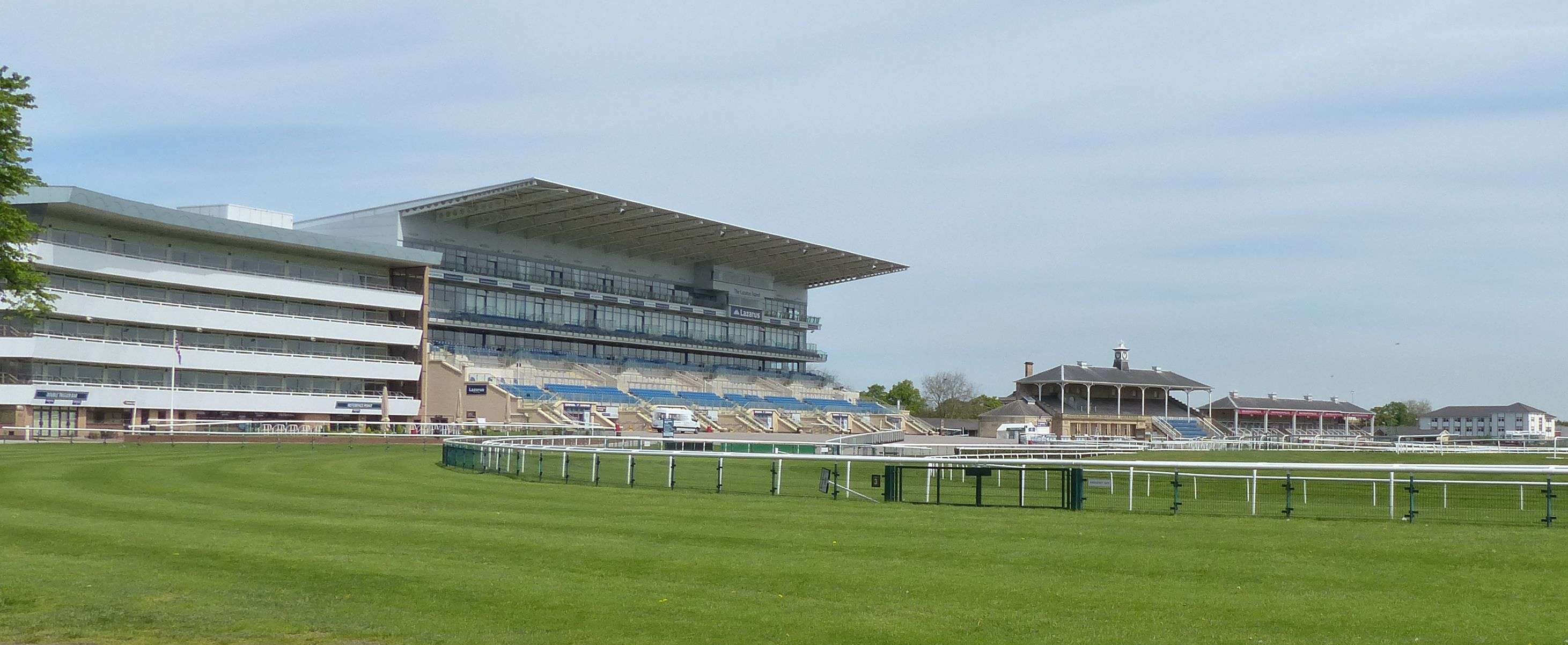
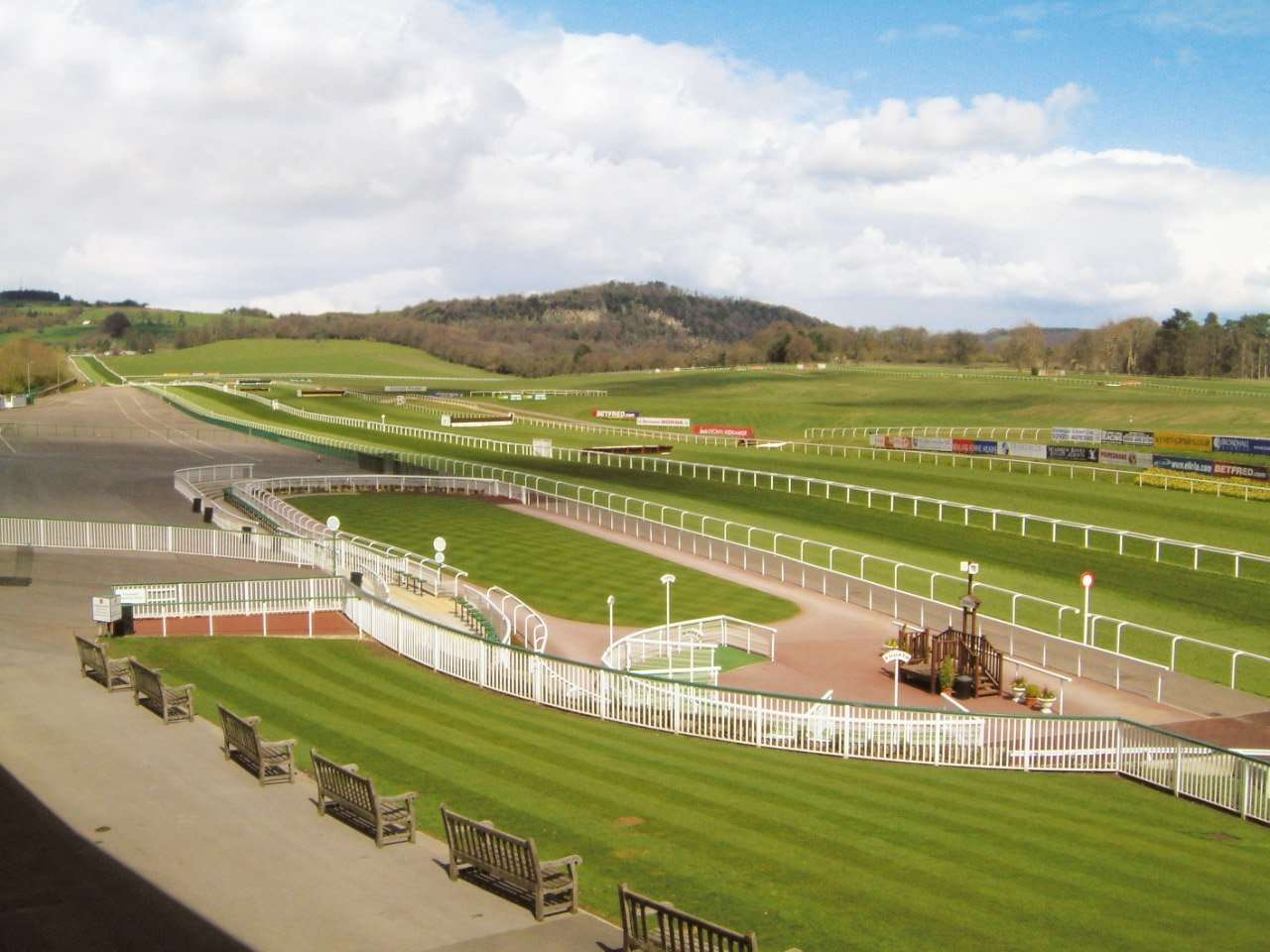
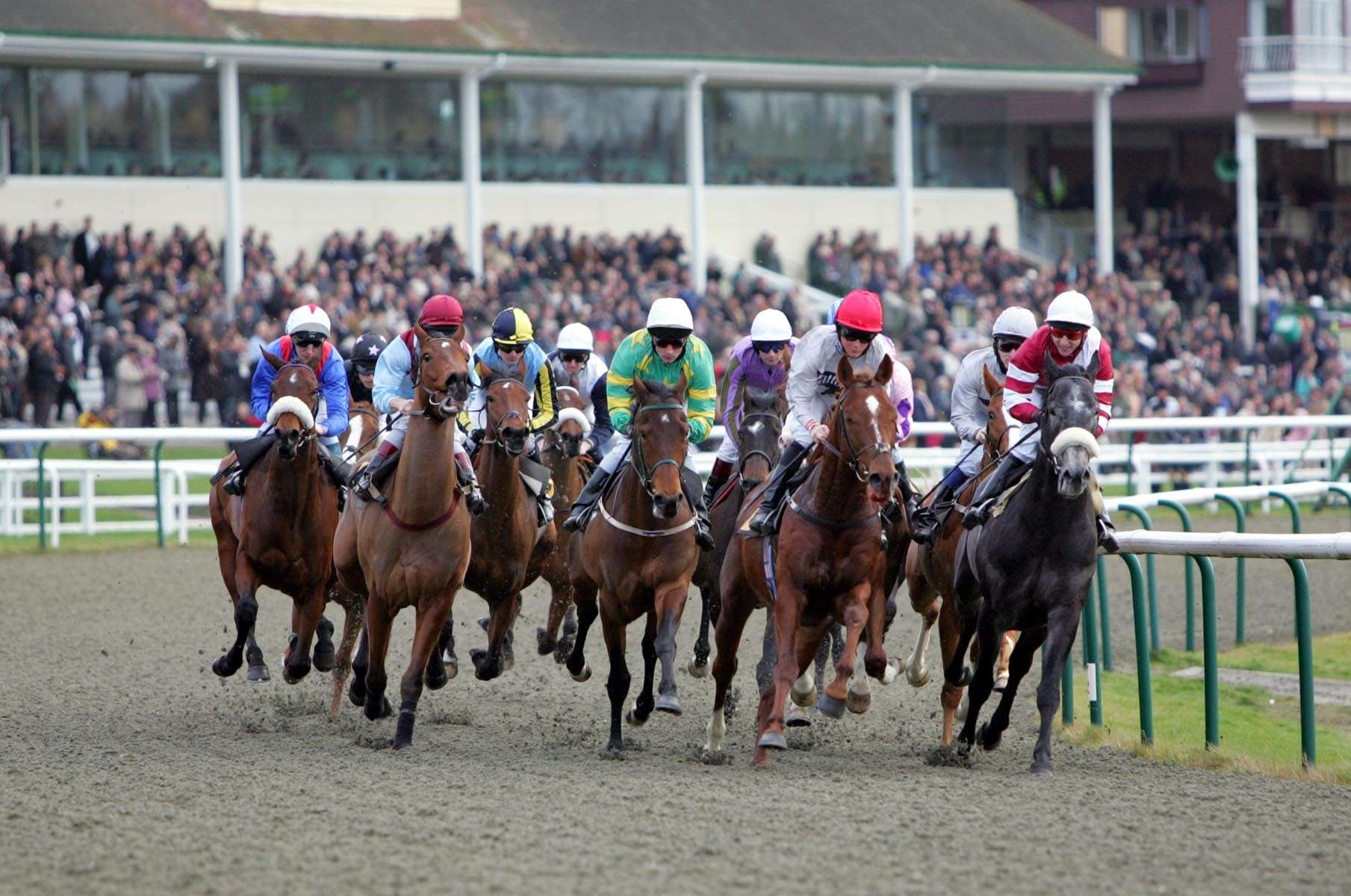
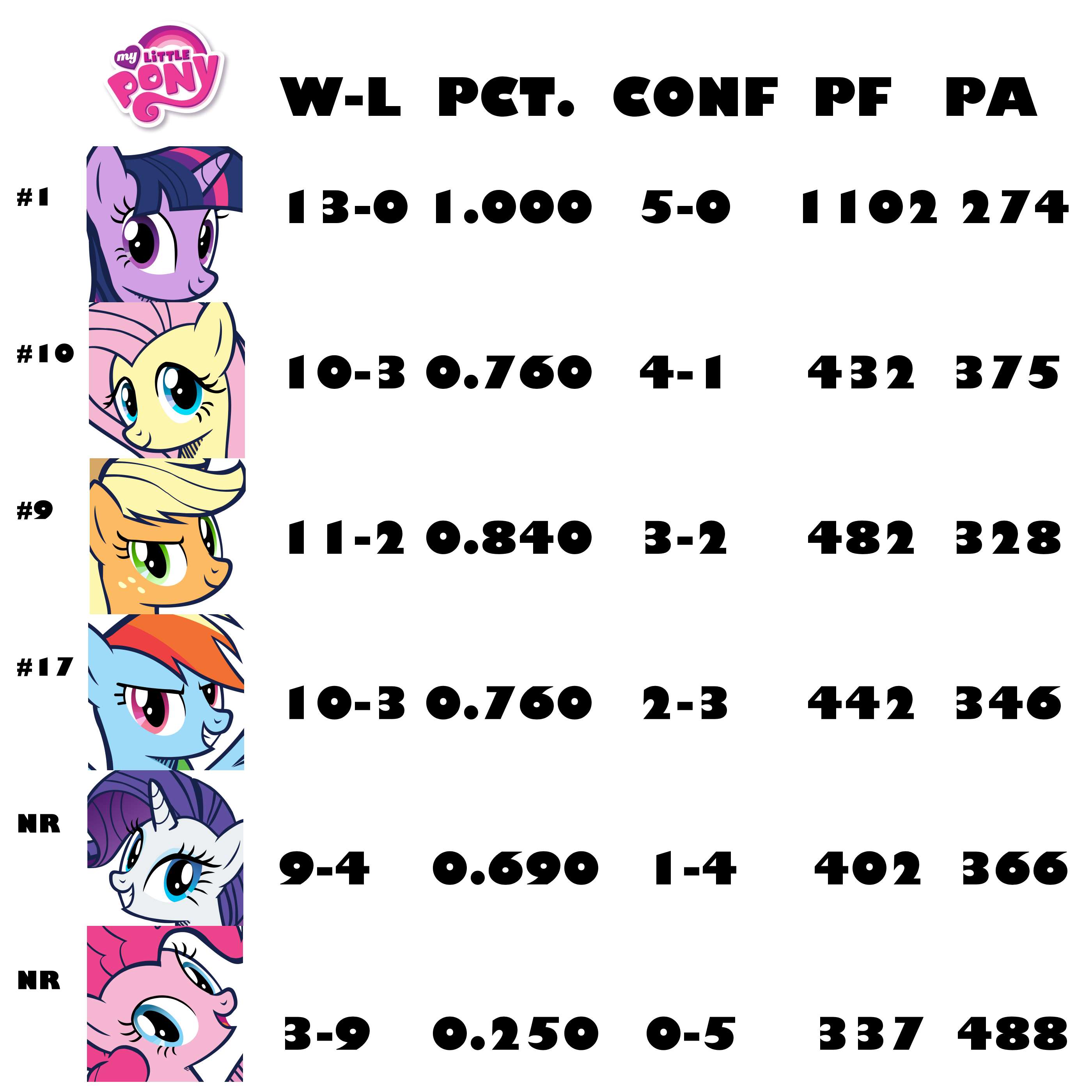


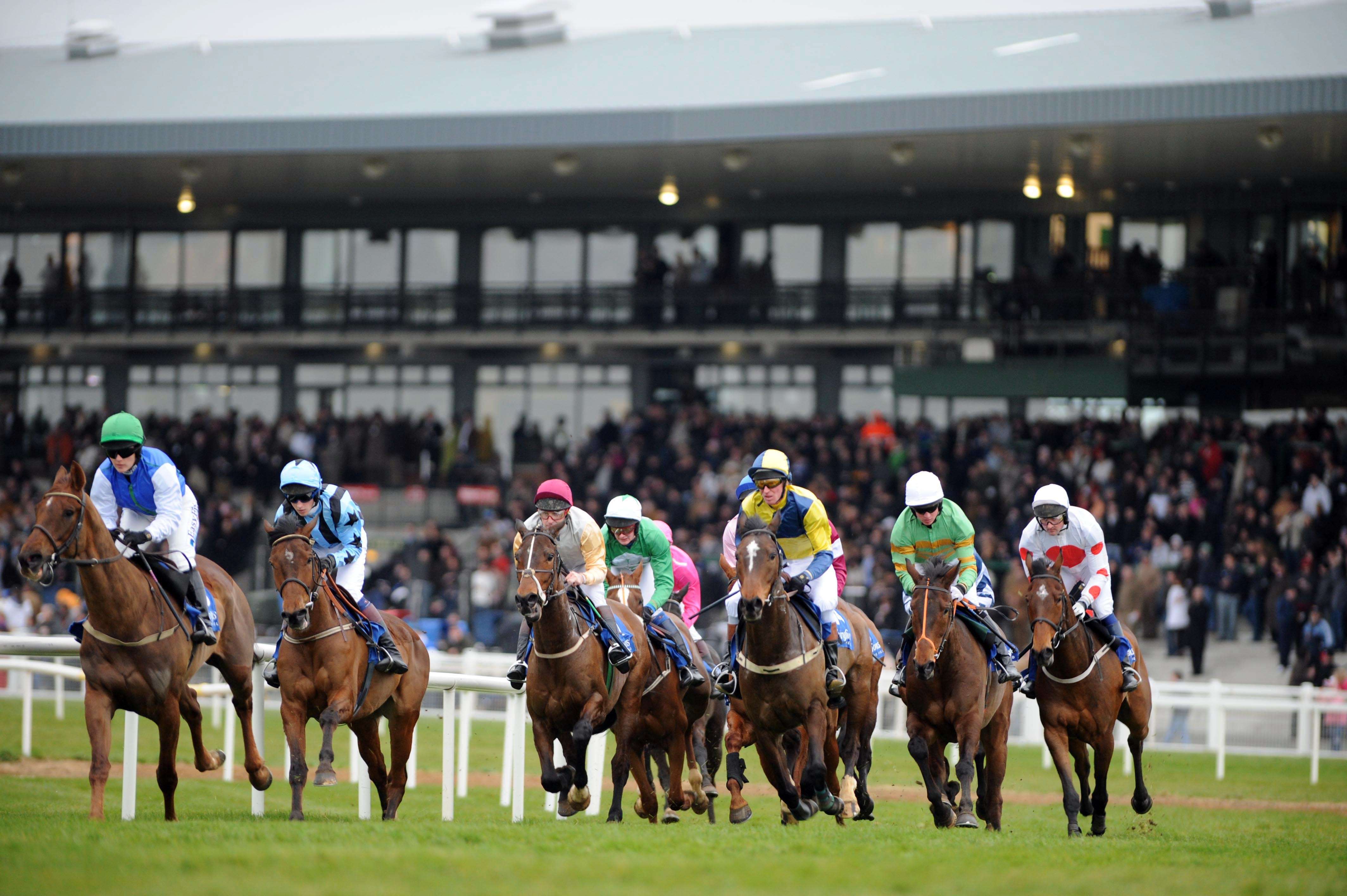


.png)





